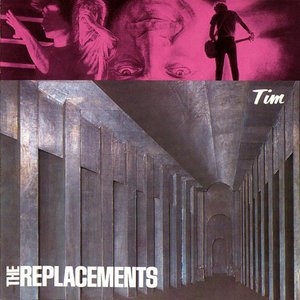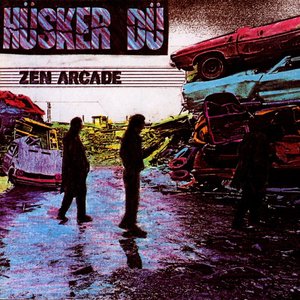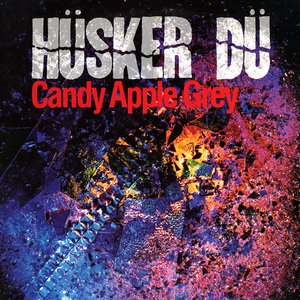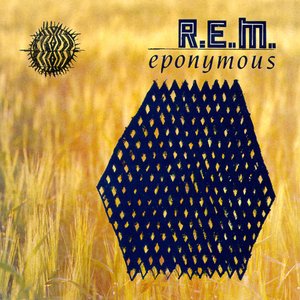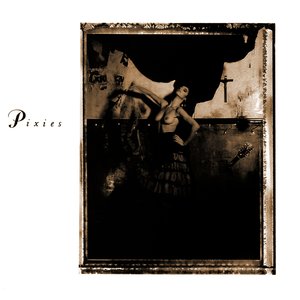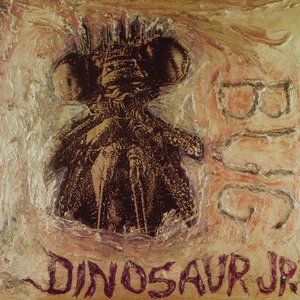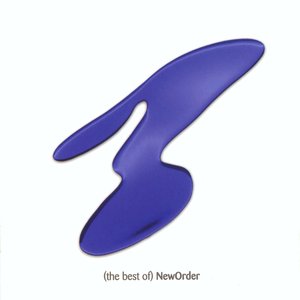Wiki
The left side of the FM radio dial is where you'll find college radio stations, which in the early and mid-'80s were the only places you could hear indie artists - it was truly "alternative." One such band was Let's Active, whose guitarist, Lynn Blakey, got to know Replacements frontman Paul Westerberg. She asked him to write her a letter, but he doesn't write letters, so he lost touch with her. Instead, he kept the radio tuned left of the dial when the band was on tour, hoping to hear her music. One night, he did - she was doing an interview on one of the college stations. Unfortunately, these stations have low power and a limited range, so he wasn't able to hear her for very long.
"I heard her voice for the first time in six months for about a minute," Westerberg told Rolling Stone. "Then the station faded out."
A little background on what you'll find "left of the dial." In America, the FM frequencies from 88.1 to 91.9 MHz are reserved for non-commercial stations, which tends to be a mix of National Public Radio (NPR) affiliates, community radio, and college radio. As commercial radio got more homogenized in the early '80s, college radio became vital for emerging artists that didn't hew to popular taste. Most of these acts stayed underground, but a few broke through - R.E.M., for example. The stations were run by students who could typically play whatever they liked, often records from their own collections. When record labels tried to build a buzz for these up-and-coming artists, they would often send music and other goodies to these stations, hoping for airplay.
Track descriptions on Last.fm are editable by everyone. Feel free to contribute!
All user-contributed text on this page is available under the Creative Commons Attribution-ShareAlike License; additional terms may apply.

